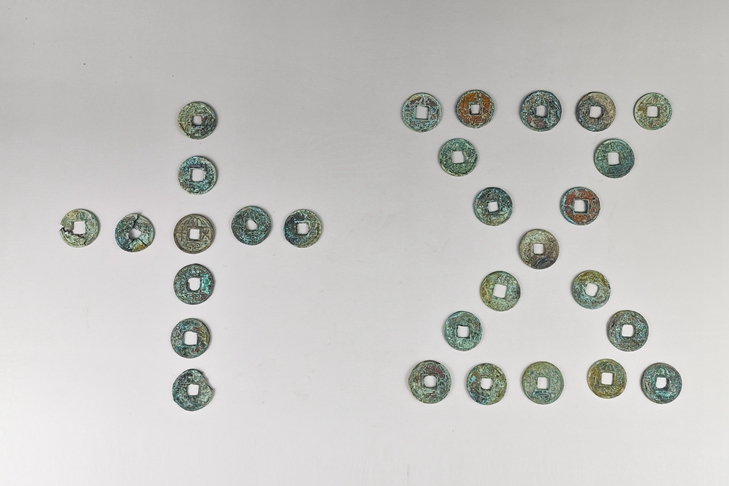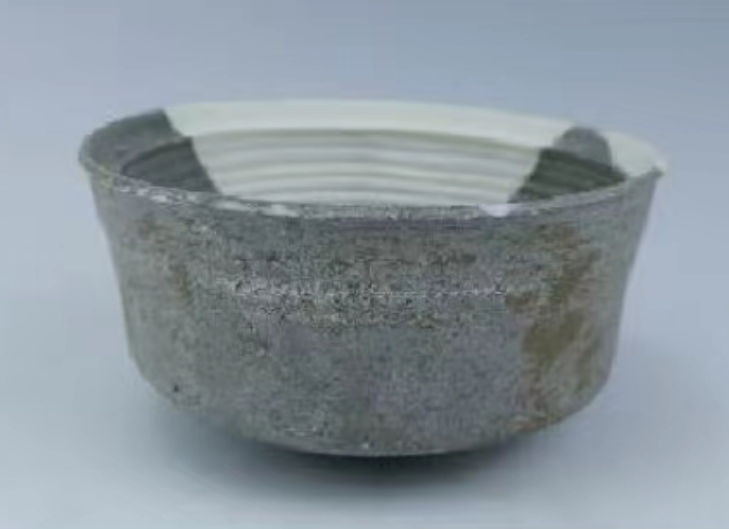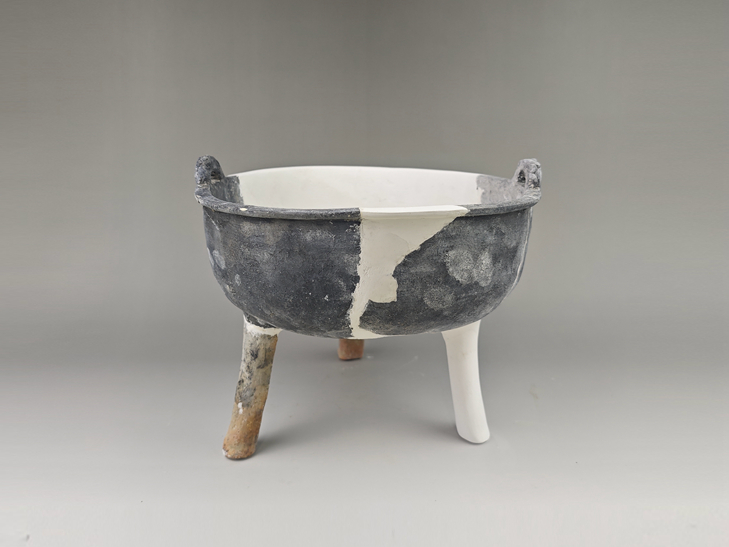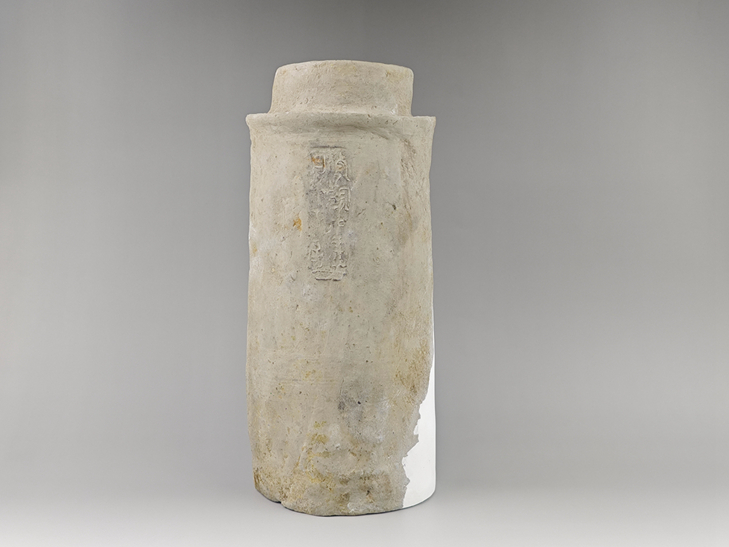Artifacts confirm Suzhou’s 2,500-year-old history

Cooper coins (Photo provided to Xinhua Daily)
An exhibition showcased artifacts discovered from the archaeological ruins called the Jincheng Xincun site in Suzhou City on June 18.
The archaeological ruins are seen as a breakthrough in exploring the origin of Suzhou’s urban construction history. The artifacts provide solid evince of Suzhou’s urban construction dating back over 2,500 years.

Primitive celadon bowl
Cheng Yi, director of the Suzhou Institute of Archaeology, said Helv, king of the state of Wu, ordered the construction of the new capital in 514 BC, marking the beginning of the ancient city of Suzhou. However, the earliest documented history of the city’s construction previously existed only in literature until the archaeological excavation at the Jincheng Xincun site.
During the archaeological excavations from October 2022 to April 2023, the institute discovered that the site is centrally located within the ancient Suzhou city.

Porcelain Ding ware
Furthermore, the unearthed artifacts, including barrel tiles, plate tiles, tile ends, and pottery Ding wares proved and revealed human activities around the site during the Spring and Autumn Period (770-476 BC) and the Warring States Period (475-221 BC). These findings align with historical records of Helv’s city, and confirm Suzhou's history of urban construction spanning more than 2,500 years.

Barrel tile
Moreover, the Jincheng Xincun site unearthed a large quantity of high-grade architectural components and artifacts related to daily life.